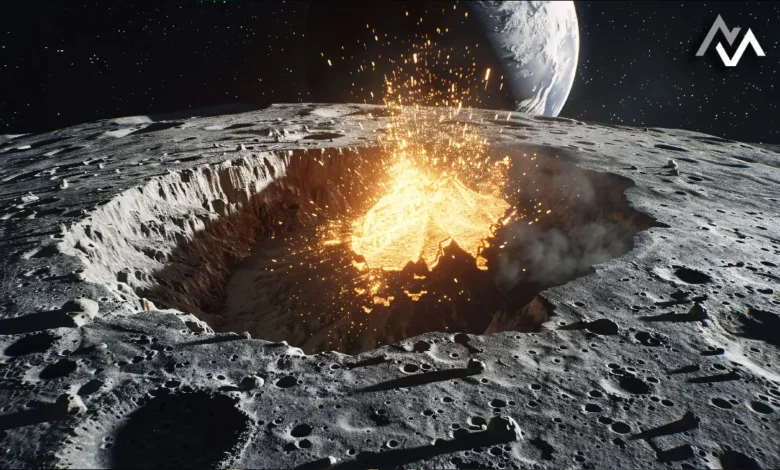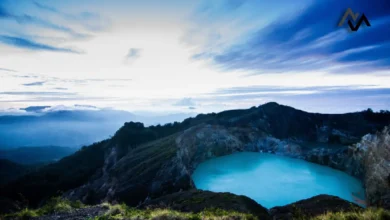Unveiling the Moon’s Secrets: New Evidence of a Hidden Layer of Molten Rock

In a groundbreaking discovery that could reshape our understanding of the Moon’s geology, NASA has unveiled compelling evidence suggesting the presence of a secret layer of molten rock beneath the lunar surface. This revelation is based on extensive data gathered from NASA’s Gravity Recovery and Interior Laboratory (GRAIL) mission, which, along with observations from the Lunar Reconnaissance Orbiter (LRO), has provided fresh insights into the Moon’s internal structure.
The Intriguing Findings
NASA scientists analyzed gravitational data that indicated subtle changes in the Moon’s shape over time. These changes, influenced by Earth’s gravitational pull, reveal intriguing distortions suggesting the presence of a softer, viscous layer at the base of the Moon’s mantle. This layer, characterized by its fluid-like properties, raises several questions regarding its composition and the processes that maintain its molten state.
The key to this discovery lies in the analysis of how the Moon’s crust and mantle respond to gravitational forces. When subjected to these forces, scientists noted that certain areas of the Moon’s interior appeared to behave differently than previously expected. These observations strongly indicate that there is a hidden layer of molten rock, potentially made up of titanium-rich ilmenite, which may play a significant role in the Moon’s geological activity.
The Role of Titanium-Rich Ilmenite
Ilmenite, a mineral composed of iron, titanium, and oxygen, is commonly found in lunar rocks. Its presence in a molten state could have important implications for our understanding of lunar evolution and the Moon’s thermal history. Theories suggest that this layer could provide vital clues about how the Moon has remained geologically active over billions of years, despite its relatively small size and distance from the Earth.
Understanding the Source of Heat
One of the most pressing questions arising from this discovery is the source of the heat that keeps this layer in a molten state. Unlike Earth, which has ongoing geological activity fueled by radioactive decay, the Moon’s smaller size raises doubts about its capacity to sustain such heat over long periods. Researchers are now exploring various possibilities, including residual heat from the Moon’s formation and heat generated by tidal forces from Earth’s gravitational influence.
Implications for Future Research
This new evidence opens up a plethora of research opportunities. Understanding the characteristics of this hidden molten layer can significantly enhance our knowledge of the Moon’s history and evolution. Furthermore, it can inform future lunar exploration missions, including the Artemis program, which aims to return humans to the Moon and establish a sustainable presence.
NASA’s findings not only deepen our understanding of the Moon’s geological processes but also challenge long-held beliefs about its internal structure. This research underscores the complexity of the Moon as a celestial body and invites scientists to rethink its dynamics and history.
Conclusion
As we delve deeper into the mysteries of the Moon, NASA’s discoveries serve as a reminder of the wonders still hidden in our solar system. The potential existence of a molten rock layer beneath the Moon’s surface could hold the keys to understanding not only our natural satellite but also the broader mechanisms of planetary formation and evolution.
As researchers continue to analyze the data from GRAIL and LRO, the quest for knowledge about our Moon is far from over. The secrets of our celestial neighbor are gradually being revealed, paving the way for future explorations and a deeper comprehension of our place in the universe.




